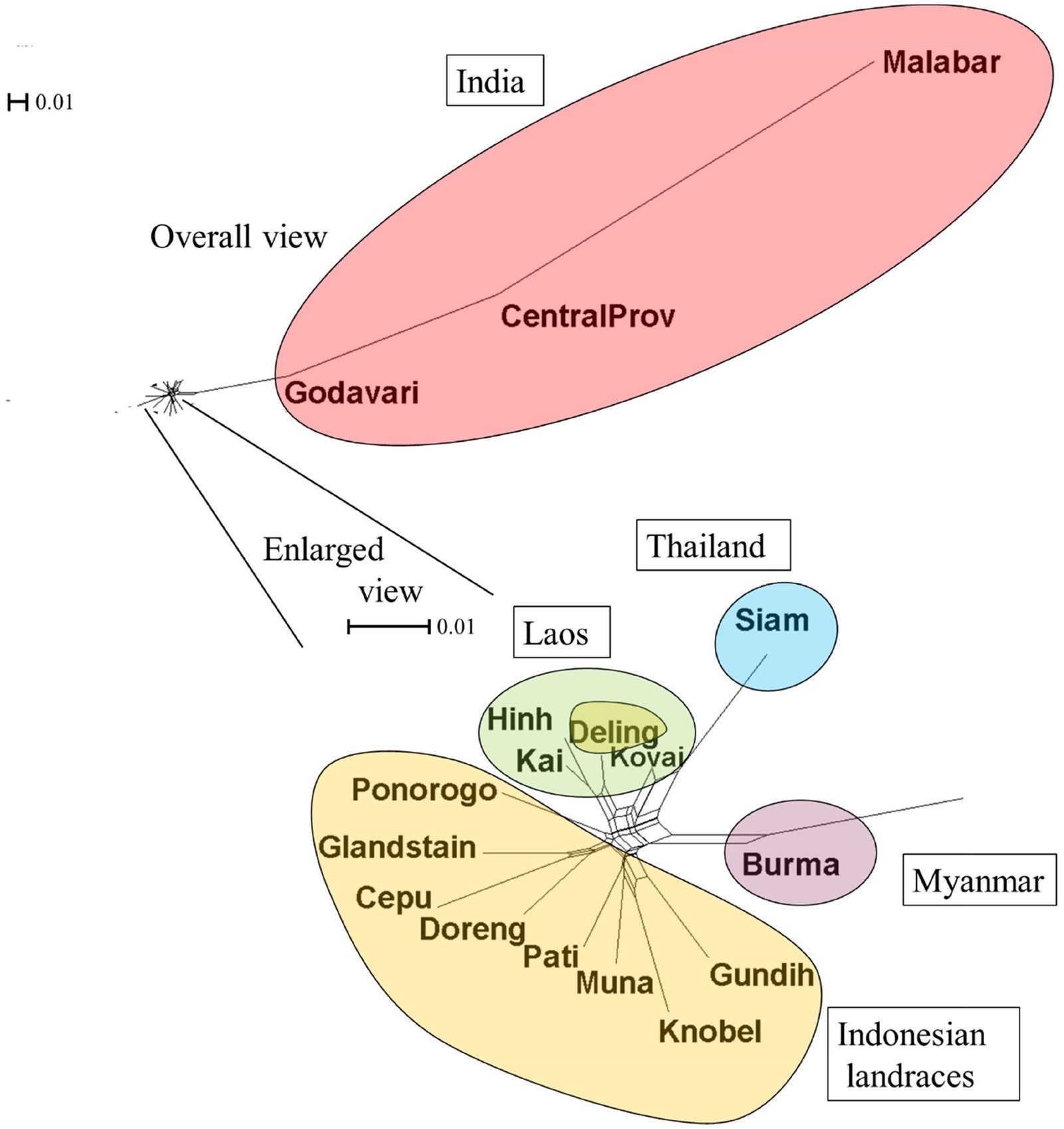
Matthias Oberholzer/Unsplash
One of the not-funny ironies of the 21st century has been that everything we thought was social media is actually just mass media, except it’s terrible and broken. Luckily, journalists and creators are finally figuring out how to leave the old media models behind and enter the future.
The term “mass media” became popular in the 1920s to describe pop culture in the age of industrial production. Mass-produced books, movies and radio shows created a paradigm for audiences where thousands or even millions of people could experience the same exact piece of media at the same time. Before the 20th century, most people experienced their entertainment live, in theatres, bars and concert halls, where the performance was always slightly different. But a movie or radio show was the same for everyone, no matter when or where you experienced it. You could buy standardised media products for the masses, just like shoes or cars.
Social media didn’t change this formula. Platforms such as X, Facebook and TikTok were made for mass consumption. Every post, video and livestream is a product aimed at the broadest possible audience. Yes, you can target your media at certain demographics if you like, or create filter bubbles. But the whole reason why follower counts matter is because we are still in a mass media mindset, looking to see who can deliver content to the largest number of people. That isn’t “social” anything. It’s mass production under a different name.
What if we tried to make media that was truly social, without AI slop and political scapegoating? One possibility is something called cosy media, which refers to apps or other content designed to help you connect with small groups of friends, often in a friendly, calming environment. Imagine the media equivalent of meeting up with friends to knit or play cards and talk beside the fire.
The game Animal Crossing, with its low-stakes missions and cute, natural setting, is an iconic cosy-media experience. App developers are trying to reproduce that aesthetic in social apps too – anything from a group chat to an online book club can be cosy. But it isn’t just about aesthetics. A cosy social app is designed to limit your social interactions with random strangers, steering you towards trusted friends instead.
I have been using the photo-sharing app Retro a lot recently. Unlike Instagram, where Retro’s creators cut their teeth, Retro is primarily intended to be used among small groups of trusted friends. And there are no algorithms pushing videos from strangers into your feed. When I open Retro, I feel like I’m hearing from my pals rather than tuning into a fire hose of nonsense and advertising. Nothing I post there is intended to go beyond a few dozen people. Like a group chat app, Retro lets you choose who you want to talk to in a mindful way, rather than shouting into a giant algorithmic void.
Cosy media helps you connect with small groups of friends, often in a friendly, calming environment
We may need cosy media to soothe ourselves in a frenetic, scary time, but we also need news and analysis. Unfortunately, many of our trusted news sources are falling apart. Journalists in the US, where I live, are leaving media outlets such as The Washington Post, The New York Times and National Public Radio, citing diminishing resources and editorial freedoms.
Some, like economist Paul Krugman and technology researcher Molly White, have created successful, crowdfunded newsletters for their work. But most journalists don’t want to go solo: good reporting and analysis often require a solid team. That is why many are forming worker-owned co-operatives to start new publications, where they get institutional perks like lawyers, editors and helpful colleagues. This model is also good for consumers, who don’t want to search out and subscribe to dozens of individual newsletters just to catch up on current issues.
The worker-owned co-op model has already been a smashing success for several publications that started in the past couple of years. 404 Media is one such site, breaking news in the worlds of tech and science. Defector is a worker-owned co-op that covers sports and politics; Aftermath covers games; Hearing Things covers music. Flaming Hydra (to which I contribute) is a collective that publishes political analysis, interviews and cultural criticism. Coyote Media is about to launch in the San Francisco Bay area, to cover local news. And there are many other worker-owned local media co-ops forming.
Like mass media, social media often leads to loneliness and isolation. The point of cosy media and worker-owned publications is to rebuild community and trust. We might be witnessing the birth of a new information ecosystem, designed to help us understand the world again.
Annalee’s week
What I’m reading
Moudhy Al-Rashid’s brilliant history of Mesopotamia, Between Two Rivers.
What I’m watching
A new podcast about media from ex-CNN reporter Oliver Darcy called Power Lines.
What I’m working on
Writing articles for collectively run publication Flaming Hydra.
Annalee Newitz is a science journalist and author. Their latest book is Automatic Noodle. They are the co-host of the Hugo-winning podcast Our Opinions Are Correct. You can follow them @annaleen and their website is techsploitation.com
Topics:




